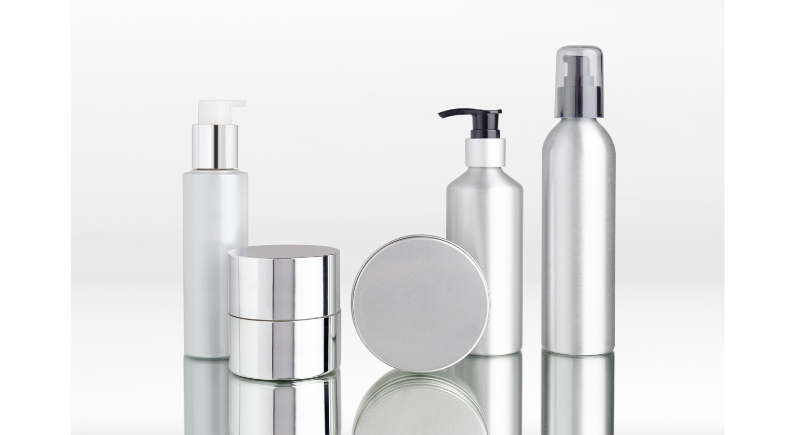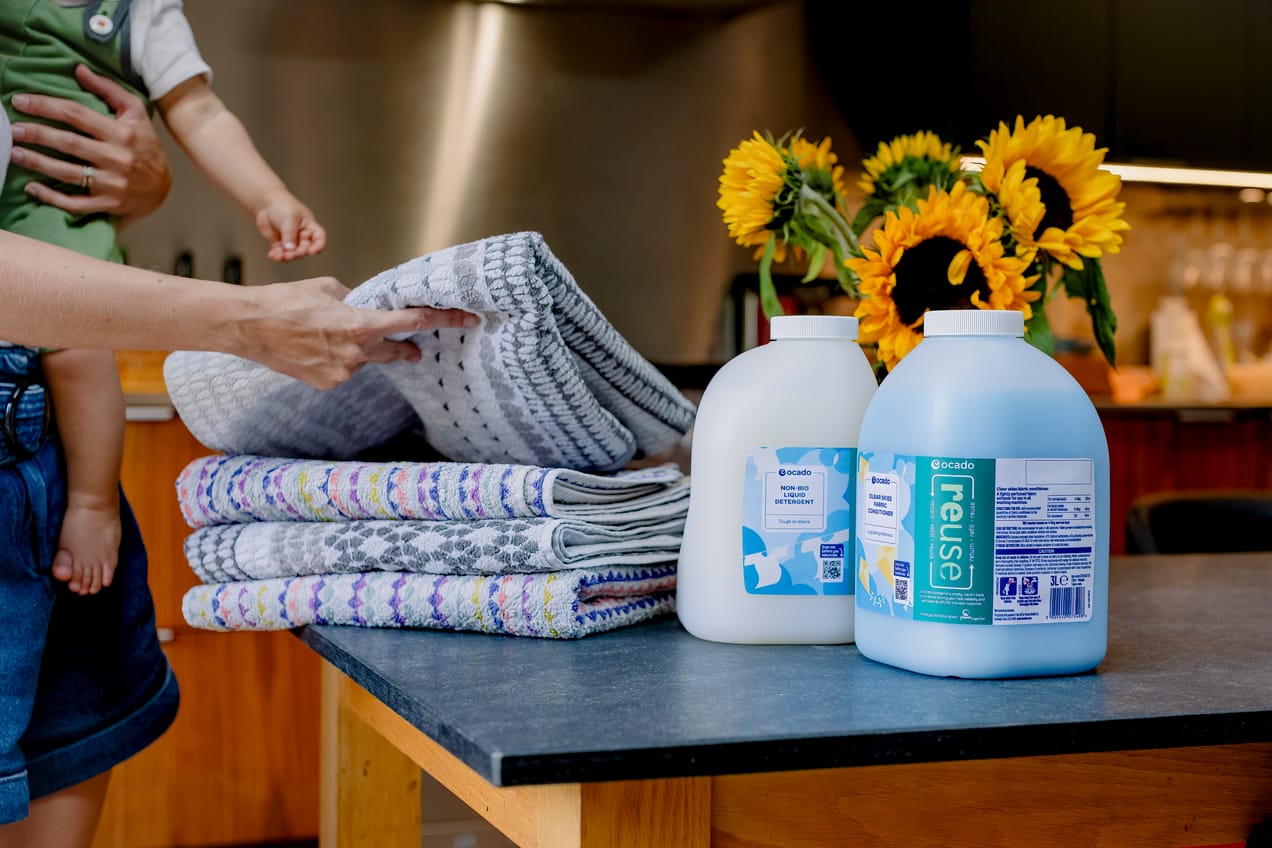
Aluminium and the beauty industry
SUSTAINABILITY
ALUMINIUM & ENERGY
As mentioned in a previous article, Aluminium sourcing energy intensity has decreased in the last 30 years and will keep decreasing with innovations and new agreements on sustainable energy.
Aluminium production also generates greenhouse gases and this will be improved as manufacturers improve their process.
Energy consumption can also be improved at finished product manufacturing, with using renewable energy sources, or auditing energy consumption at different stages to innovate where needed, such as the reusing of water in the production process.
A recent LCA (Life Cycle Assessment) from Envases reveals that:
- Primary Aluminium = 10.43gr of C02 per gram of manufactured packaging.
- 100% PCR Aluminium = 1.75gr of C02 per gram of manufactured packaging.
In comparison
Glass = 2.5 to 4 gr C02 equivalent / Plastic = 6 to 9gr C02 eq
Cardboard = 1.5gr C02 eq
Carbon footprint is improved by 5 times when using recycled content (100% PCR) compared to virgin material. (Envases)
ALUMINIUM & DECORATION

In order to improve the environmental impact of aluminium packaging brands can adapt the following:
- Request certified BPA NI liner inside bottles with improved resistance and low migration coatings
- New aluminium alloy that would be more resistant while still offering the same lightness (weight), with lower consumption of aluminium, while allowing for full recyclability
- Using mineral oil free or plant based inks.
- Using less energy intensive decorations such as low temperature curing coating, or reducing solvents.

